READY TO GET STARTED?
REQUEST A FREE ESTIMATE
Fill out the form below or call (888) 466-7849 for a free, no-obligation estimate.

Did you know birds can be just as much of a nuisance (and potential health threat) as roaches and rodents? Common nuisance birds include pigeons, woodpeckers, sparrows, starlings, and Canadian geese.
Birds can cause a whole host of problems around your home and property. They can fly into your home and windows. They can build nests on or near your home, causing damage to your house or just being a noisy pest. Nests can clog gutters, downspouts, drains, vents, and chimneys. Bird droppings contain uric acid and can eat away at paint and building materials on cars and homes.
Birds and their droppings are known to carry over 60 diseases including E. coli, salmonellosis, and cryptococcosis.
Anytime you’re dealing with birds it’s important to remember that many species are protected by federal and/or state regulations, as is bird nest removal.
Visual bird deterrents are products designed to scare off birds or prevent them from landing or roosting where you don’t want them to. Their efficacy depends on the type of bird you are dealing with and the type of deterrent you are using. There is a wide range of choices when it comes to these deterrents. Many include gel because its reflective surface looks like fire to birds. It also feels sticky if birds land on it. Some of these deterrents are also scented, many with peppermint oil, to also help deter birds from getting near them.
Predator decoys can be effective for a short period of time but aren’t usually good for long-term use. It is important to choose a realistic predator for the bird species you are dealing with. If owls aren’t a natural predator of the bird you are dealing with, a decoy owl won’t work very well. It is also important to rotate or move the decoy frequently so birds don’t realize it isn’t real.
There is a wide range of products you can use as a reflective deterrent, from prefabricated spirals to DIY aluminum foil strips. The most important thing to remember is to use something highly reflective that also moves with the wind. It also helps to move it around frequently or even take it down for a while to trick the birds into thinking it’s real.
These are narrow spikes that attach to window sills, roofs, eaves, or any other large areas you want to keep birds off of. They can attach to concrete, wood, or other surfaces with screws or glue. The spikes can be metal or plastic. These deterrents are most effective against pigeons, crows, and gulls and are less effective against smaller types of birds.
Bird coils are similar to spikes. They are extendable stainless steel coils that stretch along ledges to deter birds from landing on them. If they do, the coils move and make the bird feel unstable, making them less likely to perch and roost.
Bird wire is a tension wire system that creates an unstable landing area to deter birds from landing. Bird wire is more low profile compared to spikes or coils and can be used on exposed ledges, beams, and pipes. The negative to bird wire is that it can be time-consuming and difficult to install.
Bird netting is commonly used in gardens or on fruit trees but can also be used under roofs and around eaves. Bird netting is less expensive than other deterrent methods. It is important to remember when installing bird netting that you don’t cut out sections of the net to fit around obstructions; instead, cut a slit in the netting, slide the obstruction through it, and then reseal it when it’s above the object. One negative to netting is that birds can get stuck in the net.
Birds usually come to your home or yard in search of a nesting site, food, or water. Eliminating these things will make your property less appealing to them. Install bird netting over gardens to keep them from getting to your fruit. Keep trash cans covered. Clean your gutters to prevent standing water or install gutter guards. Don’t use birdfeeders in the warmer months. If you do use birdfeeders, don’t use suet or corn in them. Instead, replace with whole peanuts, safflower seeds, or sunflower seeds in the shell.
The best way to keep birds out of your home is to make sure they don’t have a way in. Carefully inspect the exterior of your home or other outbuildings and seal any openings you find, especially those that lead to the attic. Block any openings to eaves or vents with 1/4″ wire mesh or netting.
Bird and bird nest removal can be a difficult (and sometimes illegal) job. If you have a problem with birds this season, contact your local pest control company who can properly identify the types of birds you are dealing with, along with the most appropriate elimination and prevention methods for you.
What Attracts Snakes to Your Yard?
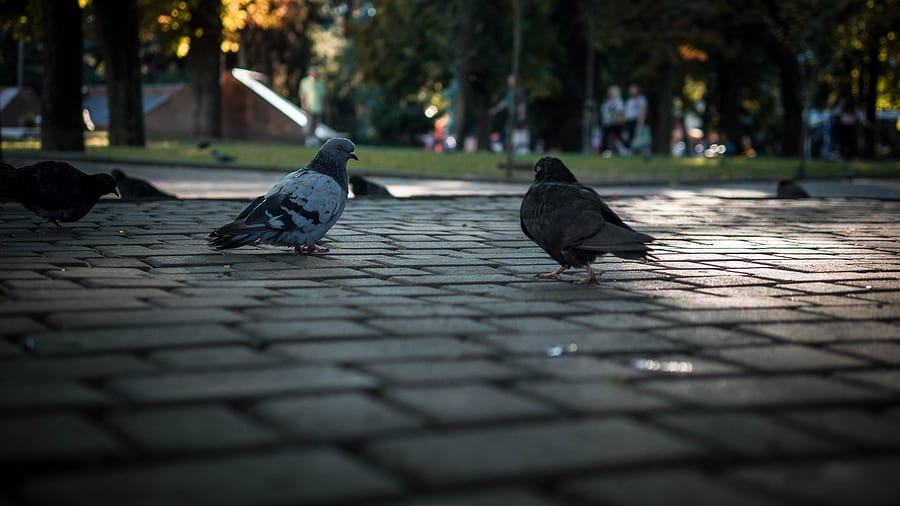
While some people consider pigeons a minor nuisance, they can actually be harmful to humans. Pigeons are the most common nuisance bird and are also responsible for the worst public health concerns caused by birds. Pigeons are capable of spreading more than 60 pathogens to humans, mostly through their droppings. Besides the obvious means of transmission by handling pigeon feces, what many don’t realize is pigeon droppings that are left on cars, windowsills, and even the street can dry into a powder that can be blown into the air and inhaled. The most common diseases spread by pigeons are E. coli, histoplasmosis, and salmonellosis.
Pigeons are also capable of damaging and destroying your property. Nests can interfere with the functioning of air conditioning units and electrical elements. Pigeon droppings can also accumulate, causing surfaces to become slippery. Their feces can also deface and deteriorate buildings and other structures.
Pigeons prefer to nest in small, flat areas that are off the ground (e.g. ledges, air conditioning units, pipes, and window sills). They eat a varied diet, consuming anything from grains and livestock feed to discarded food scraps and manure. They must have water daily to survive.
Pigeons adapt easily to their environments, including those that are manmade. They will travel up to 5 miles between their nesting and roosting sites, making it very difficult to get an established flock to move. Their homing capabilities allow them to easily find their way back to their original nesting sites.
Get rid of nuisance pigeons with these bird prevention tips:
If you suspect you have a problem with pigeons or any other nuisance pests, contact a professional pest control company for a free evaluation.
Are Termites Active Right Now?
A New Year’s Resolution: Keeping Pest-Free!
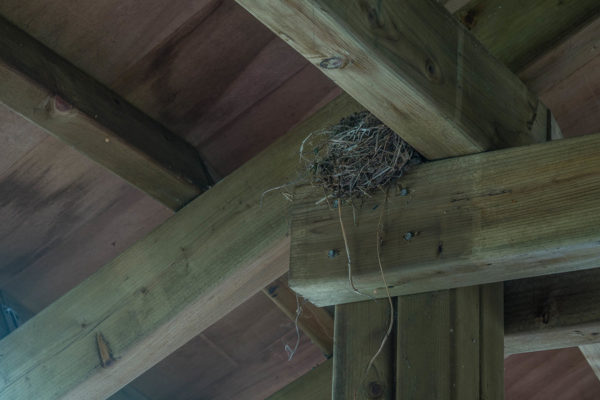
While some birds are beneficial to us through their production of down feathers, control of pests, control of weeds, and providing us with the opportunity for birdwatching, they can be detrimental to our homes and our health. Besides being a general nuisance, some birds can cause damage to buildings and monuments, contaminate food sources, and transmit diseases that can be serious to humans.
Three of the most common nuisance birds that can cause these issues to humans are pigeons, sparrows, and starlings. Here is a look at each of these nuisance birds, as well as some tips to prevent and exclude them.
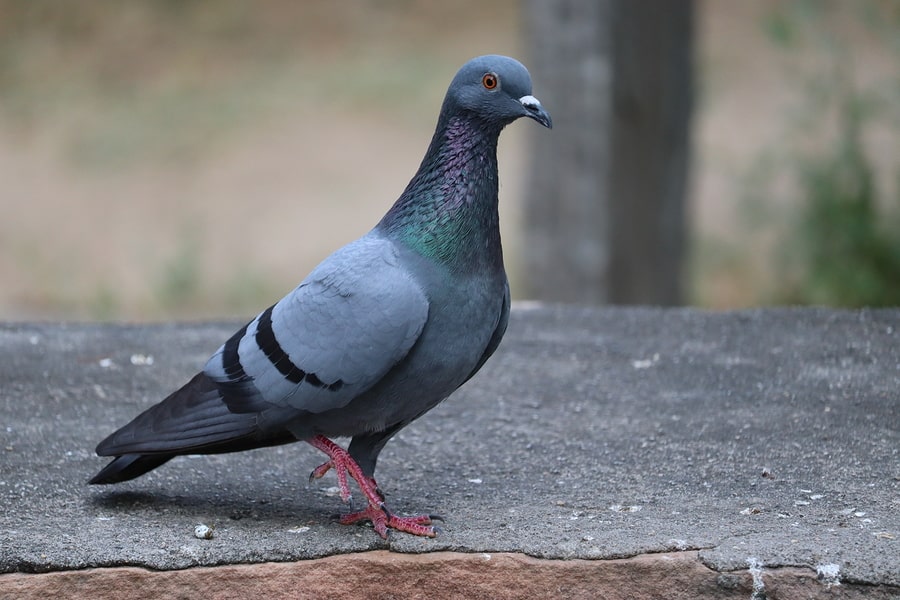
Pigeons are the most common nuisance bird and are also responsible for the worst public health concerns caused by birds.
Adult pigeons are about a foot in length and weigh about 13 ounces. They are blue-grey in color with iridescent feathers on their heads and necks. Pigeons have short necks, small heads, and short legs.
Pigeons prefer to nest in small, flat areas that are off the ground (e.g. ledges, air conditioning units, pipes, and window sills). They eat a varied diet, consuming anything from grains and livestock feed to discarded food scraps and manure. They must have water daily to survive.
Pigeons can cause serious problems wherever they are. Large flocks of pigeons can be a nuisance in public places. Their feces can not only deface and deteriorate buildings and other structures but can also cause slipping hazards on stairs, sidewalks, and fire escapes. Their droppings and debris from their nests can clog downspouts and machinery. Pigeons carry numerous diseases including histoplasmosis.
Pigeons adapt easily to their environments, including those that are manmade. They will travel up to 5 miles between their nesting and roosting sites, making it very difficult to get an established flock to move. Their homing capabilities allow them to easily find their way back to their original nesting sites.
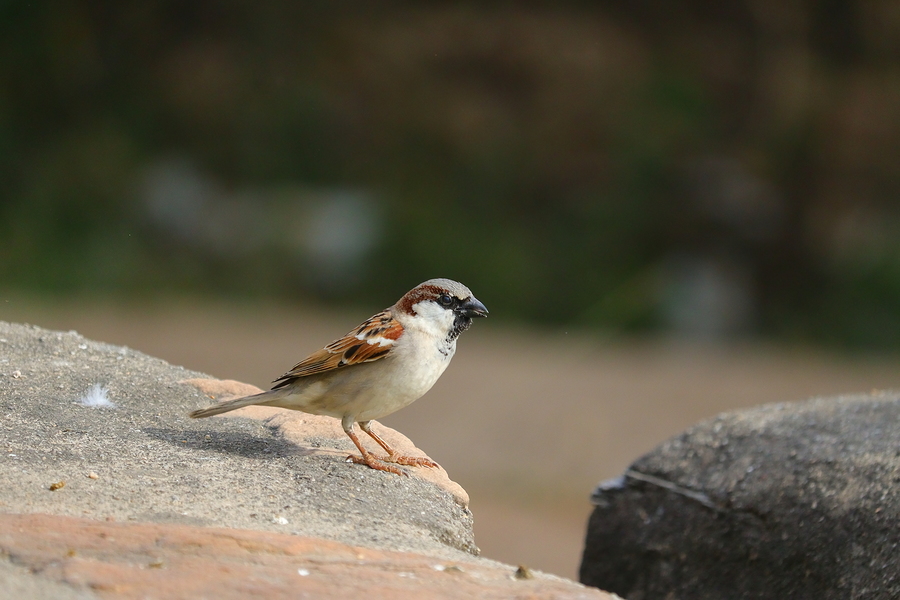
House sparrows are not actually true sparrows; they actually belong to a family called weaver finches. They are stocky, small birds about 5 to 6 inches in length and weighing about 1 ounce. They have conical bills with brown grey feathers. Males have a black throat and white crown while females have a white throat and a dull eye stripe.
Sparrows build extremely messy nests out of anything they can find (string, twigs, paper, grass). They prefer to make their nests in covered, elevated areas like warehouses, airport hangars, and stadiums.
Sparrows primarily eat grain but have also been known to eat fruit, seeds, insects, and food scraps. They have become extremely dependent on humans for both food and shelter. They nest, roost, and feed in large groups within 1 to 2 miles of each other.
Sparrows can be difficult to control because of their ability to rapidly reproduce. They are extremely aggressive and will often drive out other desirable bird species from the area. When they nest in electrical areas they can cause electrical shorts and fires. When they congregate in poultry and hog farms they cause potential contamination threats. Sparrows have been associated with over 25 diseases and ectoparasites.
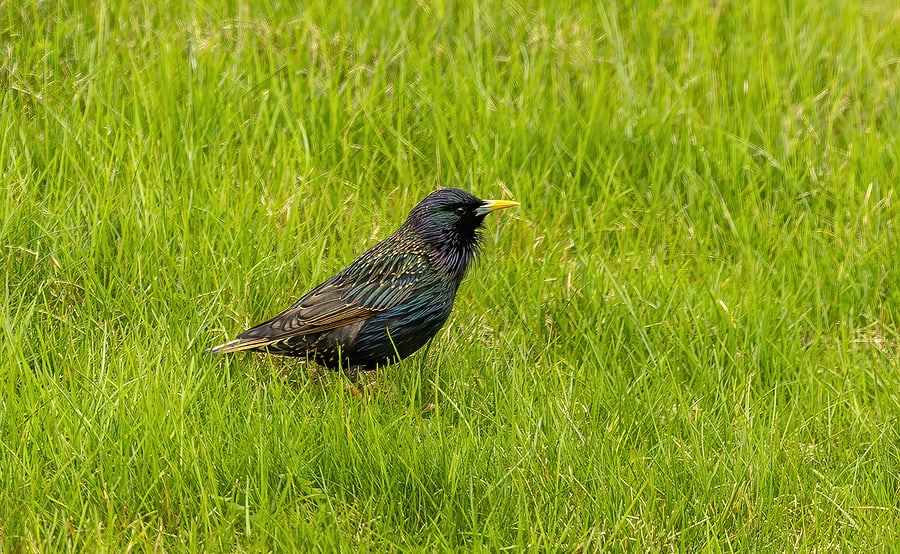
Starlings are an introduced species that cause problems in both urban and rural areas. Adult starlings are about 8 inches in length and weigh about 2-1/2 to 3-1/2 ounces. They have short tails and long bills. In the winter, starlings have dark bills and iridescent coats speckled with white dots. In the summer, starlings have yellow bills with duller coats that are mostly purple and green in color and are less speckled.
Starlings travel in flocks that can number into the thousands. They nest and feed in a variety of areas. When they nest in urban areas they tend to frequent trees, exhaust vents, marquees, ledges, lighted signs, hollow lampposts, billboards, soffits, and dryer and stove vents. In rural areas they tend to nest in farm building ledges and tree cavities.
Starlings feed on a variety of things depending on what season it is and what food sources are available. They are known to eat seeds, fruit, food scraps, insects, fruit, and vegetables.
Starlings can be problematic because of their intense vocalization, especially when their flocks grow to such large numbers. Their fecal accumulation can also be problematic because of the sheer volume. Starlings are very aggressive and can drive out other bird species. Their feces can deface and deteriorate buildings and other structures; can cause slipping hazards; can contaminate livestock feed; and can kill trees. They leave nesting materials behind that can clog machinery, cause drainage problems, and clutter structures. These blocked vents can also lead to moisture buildup, odor issues, and potential fire risks. They are known to carry serious diseases like histoplasmosis.
Each of these nuisance birds can be hard to control or eliminate once their flock is established. Prevention and elimination is key to helping control these bird populations. Here are some bird prevention and exclusion tips you can use to help control these problematic pests.
If you have a nuisance bird problem, contact a professional pest control company who can provide you with a customized inspection and treatment plan for your situation.
The When, Where, and Why of Termite Swarms